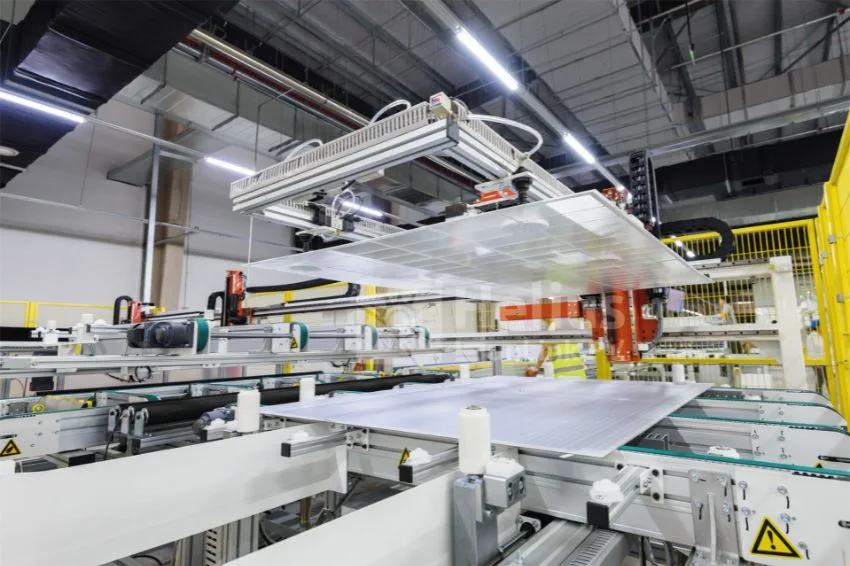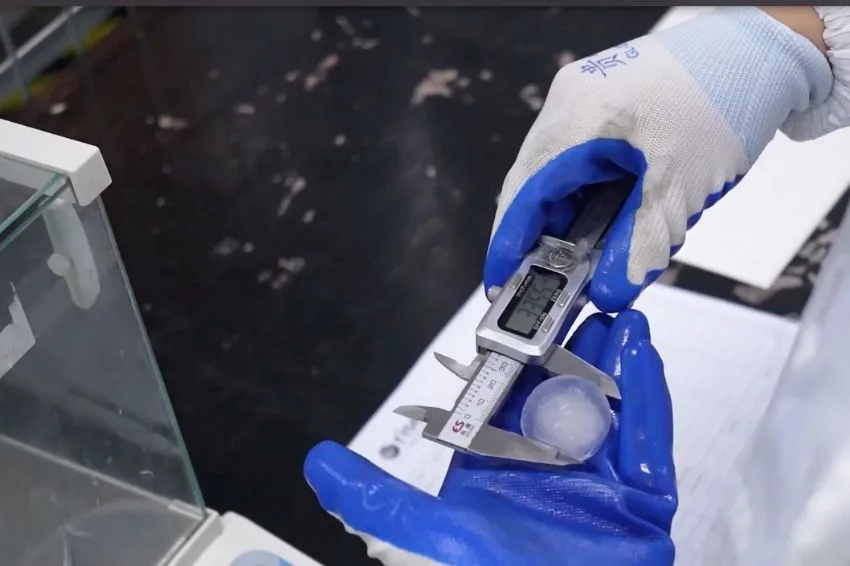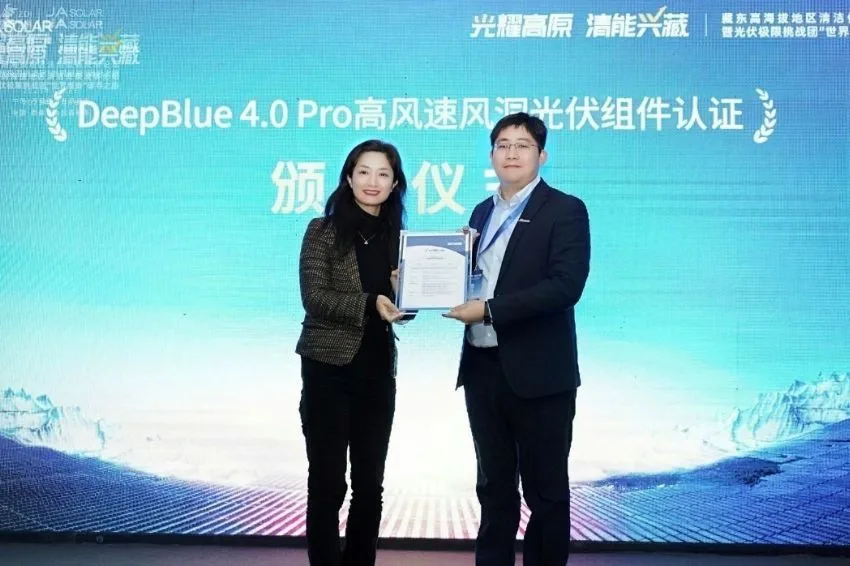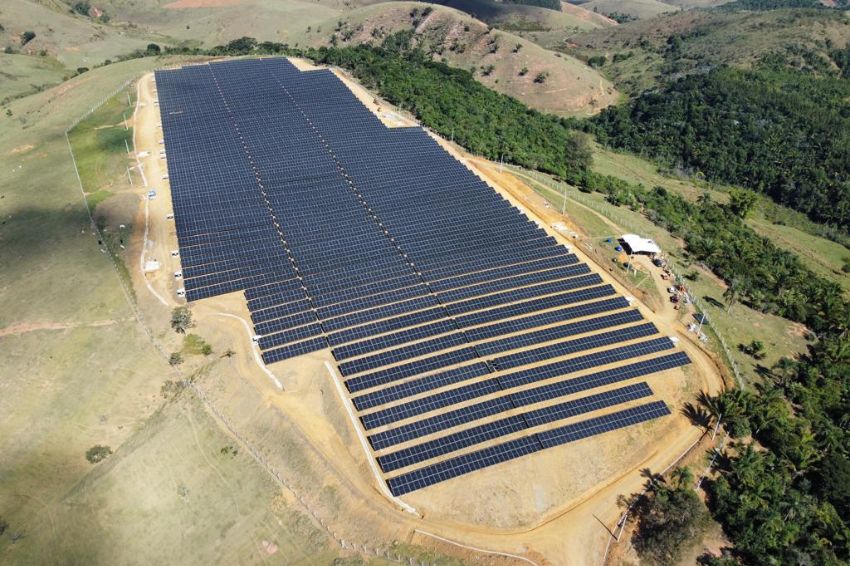Do you know the benefits of perovskite? It is the main candidate to eventually replace silicon in the manufacture of photovoltaic cells, as it promises to be a more efficient and cheaper alternative.
In fact, they already reach an efficiency of 25.2% in converting light energy into electrical energy, surpassing the percentage of crystalline silicon cells.
According to Ana Flávia Nogueira, researcher at CINE (New Energy Innovation Center), the material has been passing stability tests and the expectation is that it will be up to commercialized in the coming years.
Therefore, there is no doubt that perovskites, which are still in the research phase, could gain more and more strength in the photovoltaic market, after all, they present numerous advantages for those who use them.
According to Jason Yoo, a researcher at MIT (Massachusetts Institute of Technology), there are a vast number of possible chemical combinations that are attracting worldwide interest.
“This is partly due to the much simpler processing and manufacturing processes, which for silicon or gallium arsenide require sustained heat of more than 1,000°C. In contrast, perovskites can be processed at less than 200 °C, in solution or by vapor deposition,” he explained.
The other big advantage of this material over many other candidate replacements is that it forms extremely thin layers while still capturing solar photovoltaic energy efficiently.
“Perovskite cells have the potential to be light compared to silicon, by orders of magnitude,” said chemist Moungi Bawendi, who is also a faculty member at MIT.
Yoo also highlighted that they have a larger bandgap than silicon, which means they absorb a different part of the light spectrum and, therefore, can complement such cells to provide even greater combined efficiencies.
“What we are demonstrating is that even with a single active layer, we can make efficiencies that threaten silicon and, hopefully, reach gallium arsenide. And both technologies have existed for much longer than perovskites,” he highlighted.
More advantages
Another key to improving the material's efficiency, for Bawendi, is in the electron transport layer. “The perovskite itself is coated in a transparent conductive layer, used to transport an electrical current from the cell to the location where it can be used.”
“However, if it is directly attached to the perovskite itself, the electrons and their counterparts, called holes, simply recombine in place and no current flows,” he pointed out.
In the researchers' design, the perovskite and conductive coating are separated by an improved type of interlayer that can let electrons pass through, preventing recombination.
The method they use is called chemical bath deposition. “It’s like slow cooking in a slow cooker,” said Moungi Bawendi.
According to the study, with a bath at 90 °C, the chemical precursors slowly decompose to form the layer of tin dioxide there.
“The team realized that if we understood the mechanisms of decomposition of these precursors, we would have a better understanding of how these films form. We managed to find the right window in which the electron transport layer with ideal properties can be synthesized”, he concluded.
About perovskite
Perovskite is a crystalline structure that occurs in metamorphic rocks, which are formed by changes in pre-existing rocks, caused by increased pressure and temperature. The mineral was discovered in the Ural Mountains of Russia by Gustav Rose, a German mineralogist, in 1939.
A perovskite can be purely inorganic or hybrid, where some components are organic, as is the case with those used in solar cells.
















